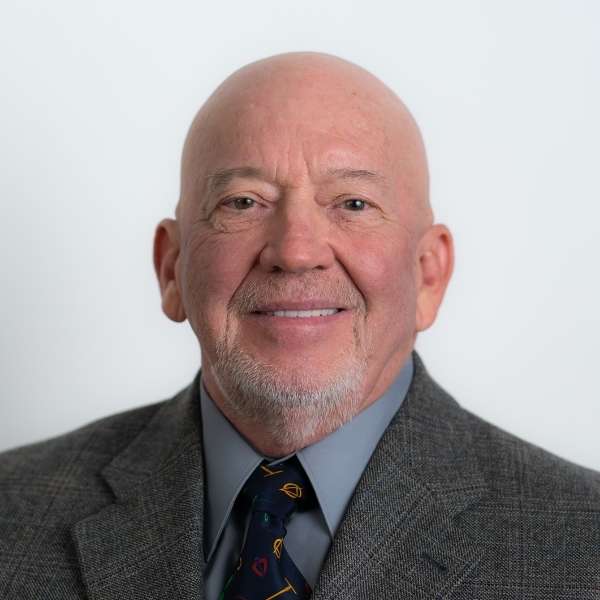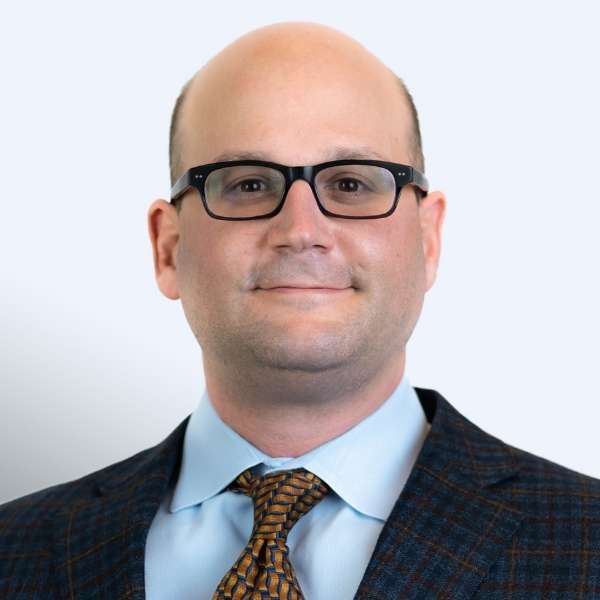Lumbar spinal stenosis is a common cause of low back and leg pain, or sciatica. Degenerative changes of the spine are seen in up to 95% of people by the age of 50. Arthritis is the most common cause of spinal stenosis. Arthritis refers to degeneration of any joint in the body.
Symptoms
- Back pain. People with spinal stenosis may or may not have back pain, depending on the degree of arthritis that has developed.
- Burning pain in buttocks or legs (sciatica). Pressure on spinal nerves can result in pain in the areas that the nerves supply. The pain may be described as an ache or a burning feeling. It typically starts in the area of the buttocks and radiates down the leg. As it progresses, it can result in pain in the foot.
- Numbness or tingling in buttocks or legs. As pressure on the nerve increases, numbness and tingling often accompany the burning pain, although not all patients will have both burning pain, and numbness and tingling.
- Weakness in the legs or foot drop (difficulty lifting the front part of the foot). Once the pressure reaches a critical level, weakness can occur in one or both legs. Some patients will have a foot drop, or the feeling that their foot slaps on the ground while walking.
- Acute cauda equina syndrome. This rare condition is considered a medical emergency that requires prompt treatment. If the compression of the nerves is severe, you can experience numbness in your private area and lose control of your bowel and/or bladder. You may also lose strength in your legs and not be able to walk. If these symptoms occur, you may need emergency surgery.
Diagnosis
After discussing your symptoms and medical history, your doctor will examine your back. This will include looking at your back and pushing on different areas to see if it hurts. Your doctor may have you bend forward, backward, and side-to-side to look for limitations or pain.
- Medical History and Physical Examination
- Imaging tests (X-ray, MRI, CT)
Non-Surgical Treatment Options
Nonsurgical treatment options focus on restoring function and relieving pain. Although nonsurgical methods do not improve the narrowing of the spinal canal, many people report that these treatments do help relieve symptoms.
- Physical therapy. Stretching exercises, massage, and lumbar and abdominal strengthening often help manage symptoms.
- Lumbar traction. Although it may be helpful in some patients, traction offers very limited results.
- Anti-inflammatory medications. Because stenosis pain is caused by pressure on a spinal nerve, reducing inflammation (swelling) around the nerve may relieve pain. Non-steroidal anti-inflammatory drugs (NSAIDs-aspirin, ibuprofen, and naproxen) initially provide pain relief. When used over the course of 5 to 10 days, they can also have an additional anti-inflammatory effect.
It's important to know over-the-counter or prescription strength, these medicines must be used carefully. They can lead to gastritis, stomach ulcers, and kidney problems. If you develop acid reflux or stomach pains while taking an anti-inflammatory, be sure to talk with your doctor.
- Steroid injections (epidural steroid injections). Cortisone is a powerful anti-inflammatory drug. Cortisone injections around the nerves or in the "epidural space" can decrease swelling, as well as pain. They also reduce numbness, but not weakness, in the legs. Patients should receive no more than three injections per year.
- Acupuncture. Acupuncture can be helpful in treating some of the pain in less severe cases of lumbar stenosis.
- Chiropractic manipulation. Chiropractic manipulation is generally safe and can help with some of the pain from lumbar stenosis. Take care, however, if you have osteoporosis or a herniated disk. Manipulation of the spine in these cases can worsen symptoms or cause other injuries.
Surgical Treatment Options
There are two main surgical options to treat lumbar spinal stenosis: laminectomy and spinal fusion. Both options can result in excellent pain relief. Be sure to discuss the advantages and disadvantages of both with your doctor.
- Laminectomy. This procedure involves removing the bone, bone spurs, and ligaments that are compressing the nerves. This procedure may also be called a decompression. Laminectomy can be performed as open surgery, in which your doctor uses a single, larger incision to access your spine. The procedure can also be done using a minimally invasive method, where several smaller incisions are made. Your doctor will discuss the right option for you.
- Spinal fusion. If arthritis has progressed to spinal instability, your surgeon may recommend a combination of decompression and stabilization or spinal fusion.
Non-Operative Pain Management
Orthopaedic Spine Specialists
What's Next? Treatment Options...
To find out more about treatment options and specialized care, please call Columbia Orthopaedic Group at (573) 876-8141 and schedule an appointment or request one below:
Request an AppointmentWe look forward to meeting you!
Columbia Orthopaedic Group
1 South Keene Street
Columbia, Missouri 65201
Have Questions?
During your initial consultation, you will have the opportunity to meet our team, learn about our services, and discuss potential treatment options best suited for your needs.







